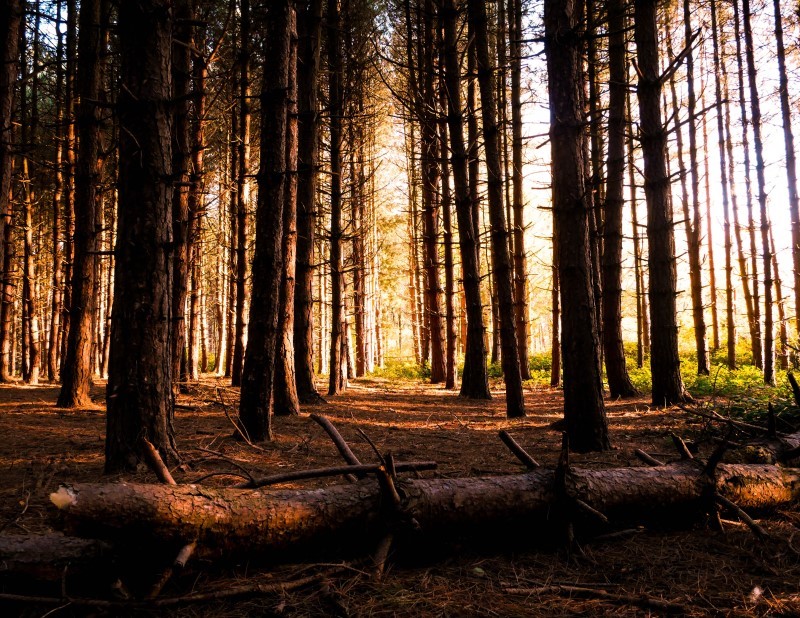May 15, 2020
Machine Learning Produces Unprecedented High-Resolution Map of Global Soil Respiration
Research provides a new understanding of the magnitude and uncertainties surrounding this major global flow of carbon to the atmosphere.

Soil respiration is one of the largest fluxes in the global carbon cycle, providing critical insights into biological activity in the underlying soil.
[Photo by Carl Newton on Unsplash]
The Science
Scientists at the Pacific Northwest National Laboratory have developed and continue to maintain a global database of measurements made of soil-to-atmosphere CO2 flows, termed soil respiration. A research team at the University of Delaware has leveraged these observations in a machine-learning approach to create a new high-resolution global map of soil respiration and its uncertainties.
The Impact
Soil respiration is one of the largest fluxes in the global carbon cycle, providing critical insights into biological activity in the underlying soil. This new global map of soil respiration and its uncertainties provides modelers and experimentalists with a “gold standard” benchmark dataset identifying areas with the highest uncertainties to target in the future.
Summary
Soils emit large amounts of carbon dioxide to the atmosphere every year via the process of soil respiration. Rates of soil respiration are highly variable in space, however, limiting scientists’ ability to balance global carbon budgets and forecast climate change. This study used a novel machine learning approach to predict soil respiration rates at high resolution (1 km2) globally, based on how observations of soil respiration were related to climate (annual temperature, annual and seasonal precipitation) and vegetation. It also examined the spatial patterns of the associated uncertainty of these predictions. Predicted annual soil respiration and prediction uncertainty varied across ecosystem types and regions, with evergreen tropical forests dominating global annual soil respiration emissions. Dryland, wetland, and cold ecosystems had the highest associated prediction uncertainties, suggesting that future soil respiration measurements would be especially useful in these areas. The high spatial resolution of these predictions will help researchers studying the carbon cycle at local to global scales and provide a high-quality benchmark dataset for Earth System Models.
Principal Investigator
Ben Bond-Lamberty
Pacific Northwest National Laboratory
bondlamberty@pnnl.gov
Program Manager
Daniel Stover
U.S. Department of Energy, Biological and Environmental Research (SC-33)
Environmental System Science
daniel.stover@science.doe.gov
Funding
RV acknowledges support from NASA’s Carbon Monitoring Systems (80NSSC18K0173). BBL was supported by the Terrestrial Ecosystem Sciences Program of the Office of Biological and Environmental Research within the U.S. Department of Energy Office of Science,.
Related Links
References
Warner, D., B. Bond-Lamberty, J. Jian, and R. Vargas. "Spatial patterns of global soil respiration at 1 km resolution." Biogeochemical Cycles 33 (12), 1733–1745 (2019). https://doi.org/10.1029/2019GB006264.

